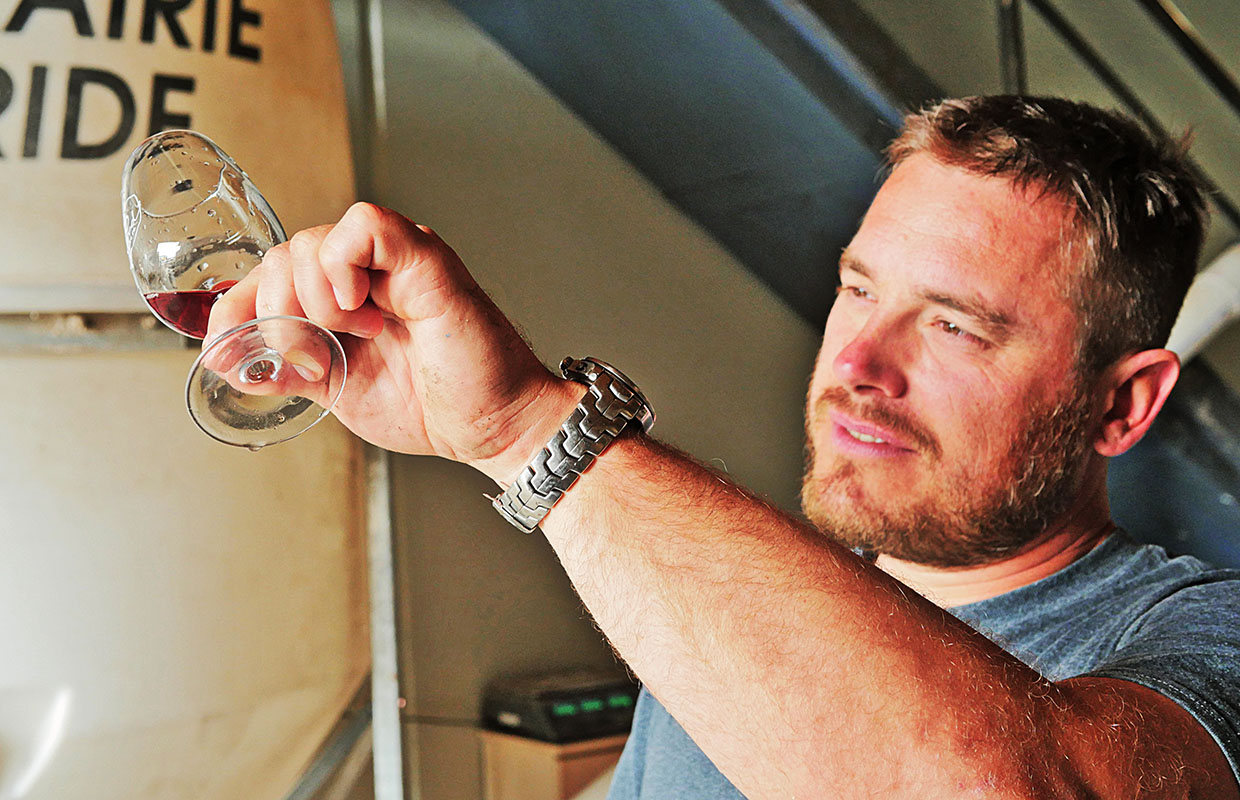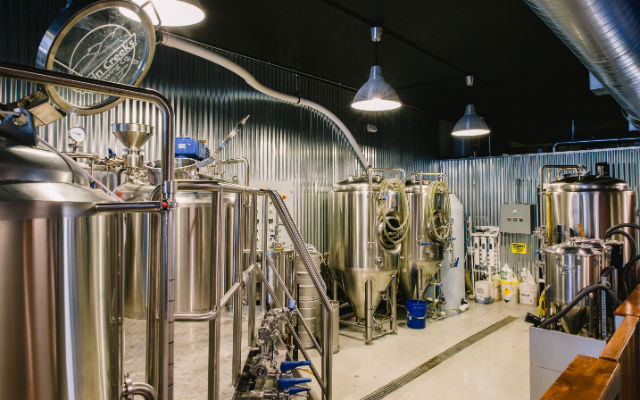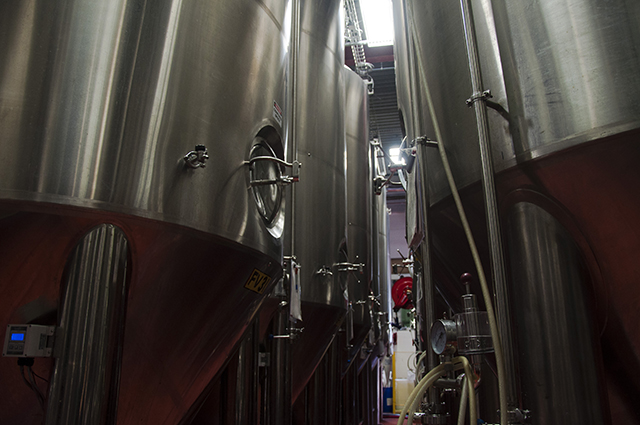
International Insights is a continuing series of Q&As with brewing members, but this time branching outside of the US and into the rest of the world.
In this series, Brewer will share personal insights from international breweries each week about the craft beer market in other countries, where those brewers get their inspiration, and how the market compares to craft beer in the US.
Jérôme Rebetez, CEO/founder, Brasserie BFM — Saignelégier, Switzerland
BREWER: What can you tell me about the history of your brewery?
REBETEZ: I studied winemaking then I noticed I could never stand a boss, so I decided to build up a brewery in 1997 without any cash, but thanks to a prize in a TV show, I could start my project. I started brewing Belgian-like ales, conditioned, with a certain complexity and a food friendly long aftertaste. In 2004, I happened to help a winemaker — a friend of mine — to finish a blend and he got rid of the barrels, I decided to use them for aging a beer. I was surprised by the result after about a year … not only the nice winy flavors were there, but also a strange lactic sourness, a bit balsamic, and the Abbaye de Saint Bon-Chien was born. We went on convincing people to taste craft beers, built up a taproom, organized concerts in the brewery to let customers and fans enjoy the BFM experience. The brewery is located in a small village of 2,000 people.
BREWER: How has your business strategy evolved to help grow and stay competitive?
REBETEZ: Strangely our main brand has always been our Wheat Ale, La Salamandre, on the national market for 24 years. I finally decided to develop a White IPA to seduce people. But my single strategy has always been to have something different, with a signature in the glass and to keep on making again and again. For example, we have a swing-top bottle with a deposit and we clean them and reuse them during many years. More complicated than canning, but we produce less waste.
BREWER: What are the popular beers at your brewery, and how do they compare to the popular styles in your country?
REBETEZ: Switzerland has a long tradition of boring Lagers. We have always produced Ales. Our most popular are the Wheat Ale and the White IPA for the national market. For exportation, we are known almost only for our barrel-aging program, producing our mixed-fermentation Sour line (Bon-Chien and √225 Saison)
BREWER: Who is your mentor in the industry and why?
REBETEZ: Back in 1997 I visited Cantillon and many other Belgian breweries, then I got lots of friendships and inspirations from Italian breweries. I learned quite a lot also thanks to my US-importer (B United International) touring many times in the States and discovering all those ”off-road” beers.
BREWER: What have you learned from them?
REBETEZ: Try something new, but don’t forget your DNA. After all those years, I still have no beard, no tattoo neither and BFM follows its own path.
BREWER: What idea did you or your team come up with lately that has been a big benefit to how your brewery functions?
REBETEZ: Production wise, we learned quite a lot by commissioning our new facility, mostly our yeast propagator — we have one single liquid yeast for all our beers — our open fermenters as well. Our brewers — they are all qualified — made real efforts to be able to manage the second brewery we built in 2018-2019. Our sales guys noticed that our supply chain is a big disaster, we took advantage from the lockdowns to totally reorganize our warehouse, distribution, tasks … it seems that we will become more efficient.
BREWER: How has COVID-19 affected your country and your brewery, and how have you had to adapt to restrictions and safety concerns while still being able to produce and sell beer?
REBETEZ: It would seem that bars are very dangerous. But our taproom is wide and since I like cooking we developed a real menu with courses cooked with beers and local ingredients, also cheese fondues and we started serving at the table, not from the bar. So this situation sucks a lot, but we could improve lots of details. Also we changed our taproom from 11 drafts to 20, plus improved the access, built up a cuisine, and a cold room.
BREWER: If you had one business strategy that you could implement to better the brewing industry in your country, what would it be?
REBETEZ: For breweries producing less than about 1,000 hL (apx. 850 barrels), I would definitely recommend to mutualize [work with] the facilities with other colleagues to reduce the investments and work with better machineries and technologies. Fight against the big ones, not against your neighbors and colleagues. Focus on a local market.
Editor’s note: Some replies have been edited for clarity.




Be the first to comment